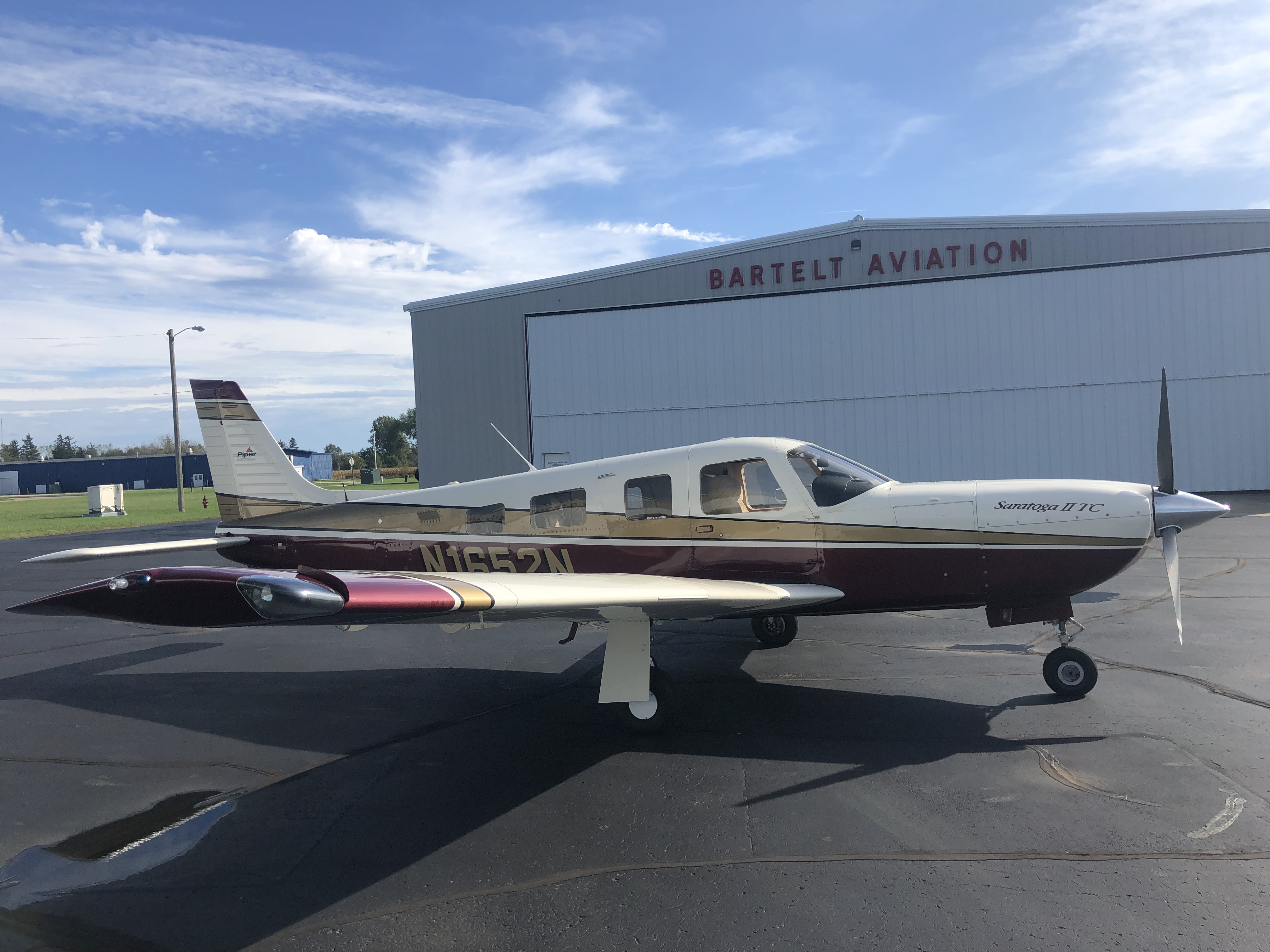RussR
En-Route
I may have a gap somewhere in my knowledge.
Recently I flew into an airport at 8000 MSL. DA was about 10,000. This was in a Cessna 421C, a turbocharged airplane.
When I went to take off, I pushed the power up with full rich mixture and the engine bogged down, way down, almost quitting. This is the behavior I would expect from a non-turbocharged engine if I went full rich at 10,000 DA.
When I leaned it out some it returned to life and I took off with no problems.
But this engine is fully capable of making sea-level rated power at 10,000. MP is right where it normally is for takeoff at 39" with the automatic wastegate keeping it there. So should I not be able to go to full rich regardless of DA?
Is it model specific? Or might there be something that needs adjusting on this airplane? I seem to remember encountering this same issue with other airplane models as well.
I have read the POH and it doesn't say anything different about high-altitude takeoffs.
I have taken (and given) mountain flying instruction, but it has always been in NA airplanes, so if this is a gap in my knowledge please help me fill it in.
Recently I flew into an airport at 8000 MSL. DA was about 10,000. This was in a Cessna 421C, a turbocharged airplane.
When I went to take off, I pushed the power up with full rich mixture and the engine bogged down, way down, almost quitting. This is the behavior I would expect from a non-turbocharged engine if I went full rich at 10,000 DA.
When I leaned it out some it returned to life and I took off with no problems.
But this engine is fully capable of making sea-level rated power at 10,000. MP is right where it normally is for takeoff at 39" with the automatic wastegate keeping it there. So should I not be able to go to full rich regardless of DA?
Is it model specific? Or might there be something that needs adjusting on this airplane? I seem to remember encountering this same issue with other airplane models as well.
I have read the POH and it doesn't say anything different about high-altitude takeoffs.
I have taken (and given) mountain flying instruction, but it has always been in NA airplanes, so if this is a gap in my knowledge please help me fill it in.

